

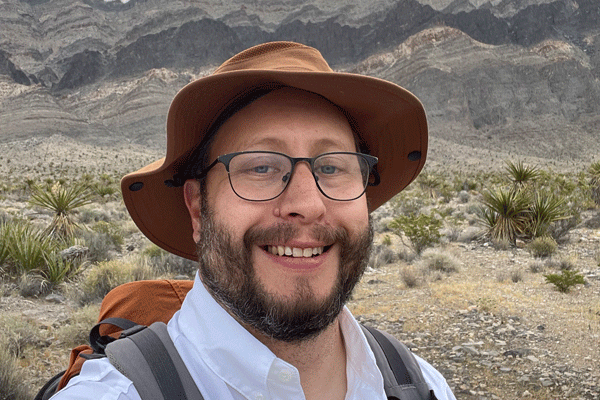
Ben's interests concern the reconstruction of the evolution of biogeochemical cycles and the interplay of life and the physical and chemical environment all across Earth history. In the department of Geosciences he teaches courses on Earth History, Environmental Geochemistry, Biogeochemistry, and Carbonate Sedimentology and Stratigraphy. He also team teaches a Stable Isotope Biogeochemistry course with Dr. Rachel Reid. Ben received a BS in Geological Sciences from the University of Missouri and PhD in Earth Sciences from the University of California Riverside, and was postdoctoral researcher at Harvard.
Curriculum Vitae • E-mail • Google Scholar • ORCID • Web of Science • ResearchGate • LinkedIn
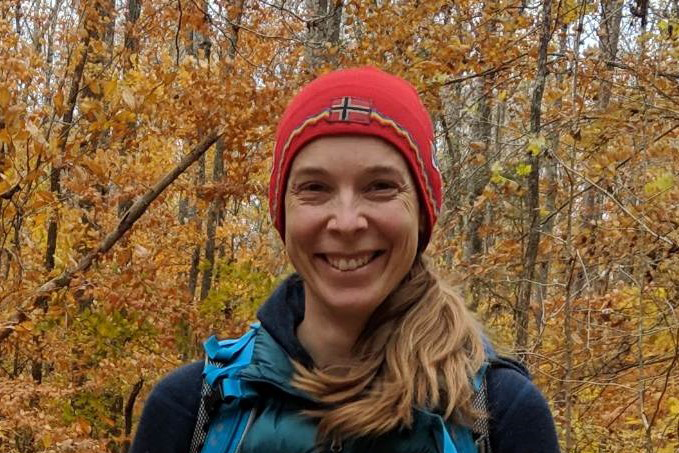
Rachel is a paleoecologist interested in how disturbances, such as climate and environmental change, impact species, ecosystems, and their interactions over a range of timescales. She uses an interdisciplinary approach to her research that incorporates geology, ecology, and archaeology and uses stable isotope geochemistry as a central methodological tool. Her recent work focuses on using non-traditional archives, such as large bat guano accumulations, to study past climate and environment. Rachel also runs the Stable Isotope Laboratory in the Geosciences Department and team teaches the Stable Isotope Biogeochemistry course with Dr. Ben Gill. She received a BA in Geology from Carleton College, an MS and PhD in Earth Sciences from the University of California Santa Cruz, and conducted postdoctoral research at Washington University in St. Louis.
E-mail • Google Scholar • ORCID • Web of Science • ResearchGate
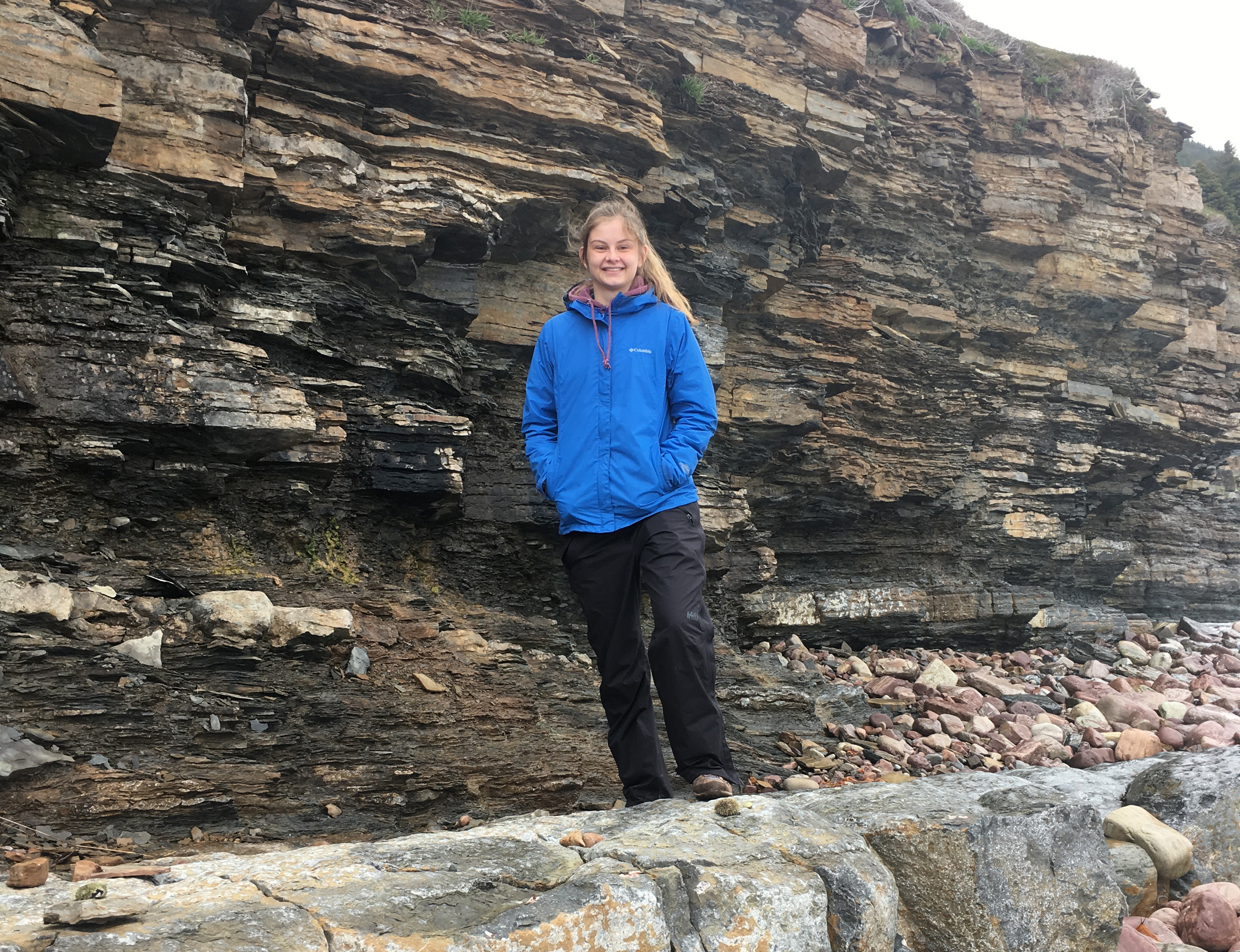
Amy came to the group from Smith College where she finished her Bachelor’s degree in 2021. For her Bachelor’s thesis she investigated the mercury cycle during the Cambrian SPICE event. For her Ph.D. research, Amy is exploring the phosphorous cycle during the end-Triassic mass extinction; the iron cycle and its role in marine authigenesis in the Cambrian; and methods for reconstructing the carbon cycle in the later Cambrian.
E-mail • Google Scholar • ORCID • LinkedIn
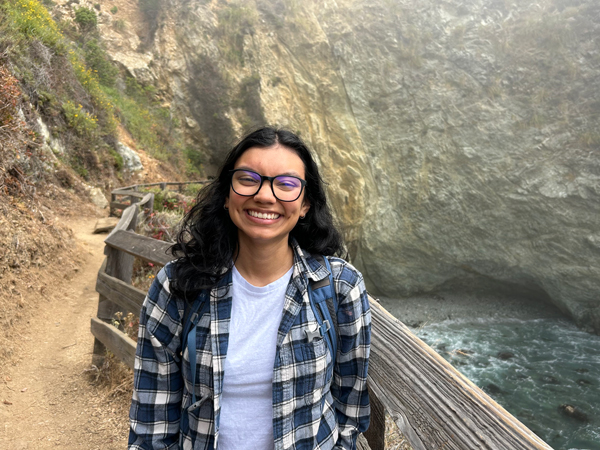
Natalie comes to the group in 2024 from Southern California. She earned her Bachelors fromUC Santa Cruz in 2023, where she continued to work as a researcher. Her Ph.D. research so far concerns reconstruting the carbon and sulfur cycles across late Cambrian and early Ordovician extinctions and what they can tell us about changes in the marine environment
E-mail • Google Scholar • ORCID • LinkedIn
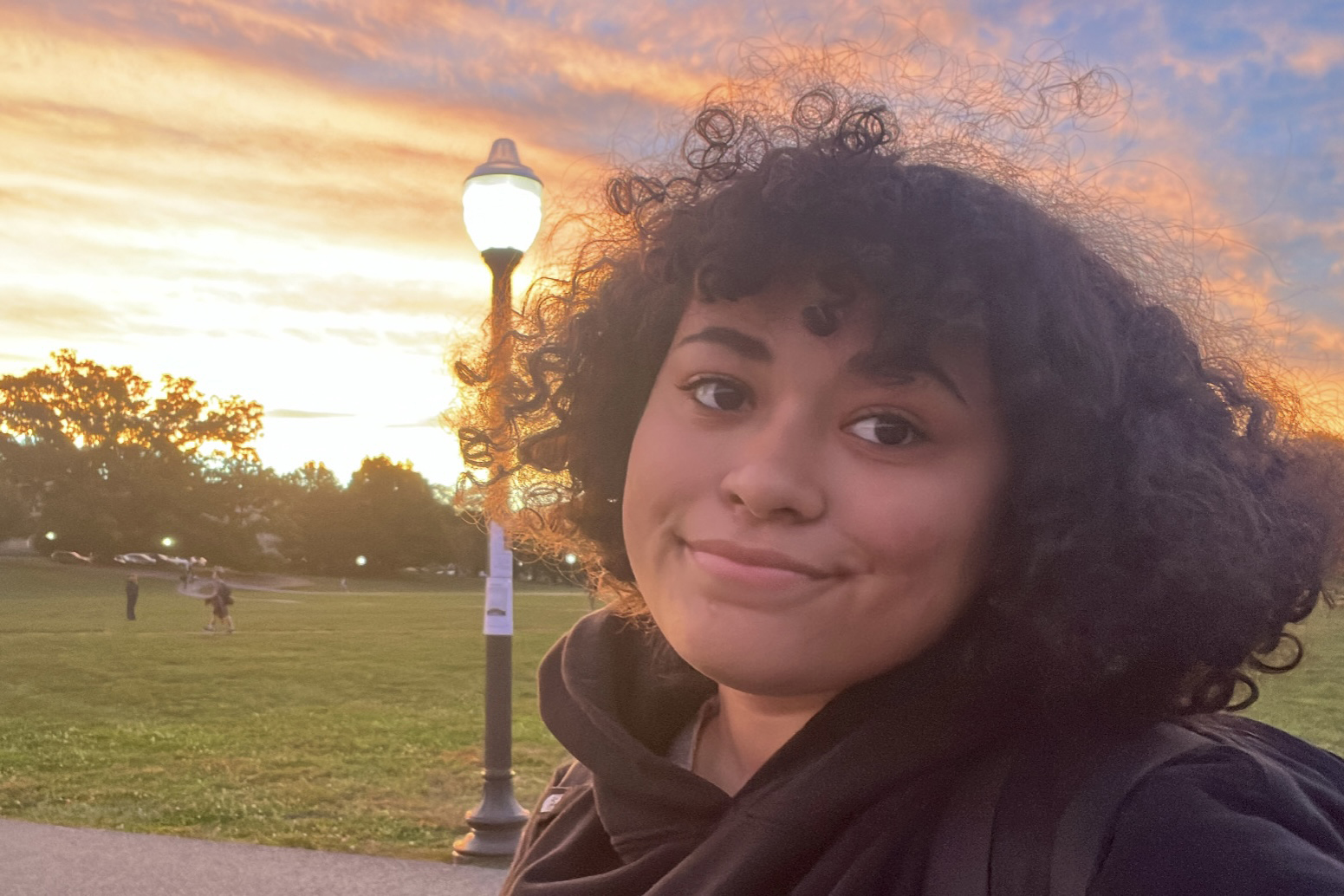
Brooklyn is a second year Geoscience student with minoring in Disability Studies. She is studying end-Stepteoan mass extinction in the later Cambrian at locations in Utah. She is working to become an Earth Science Teacher after graduating.
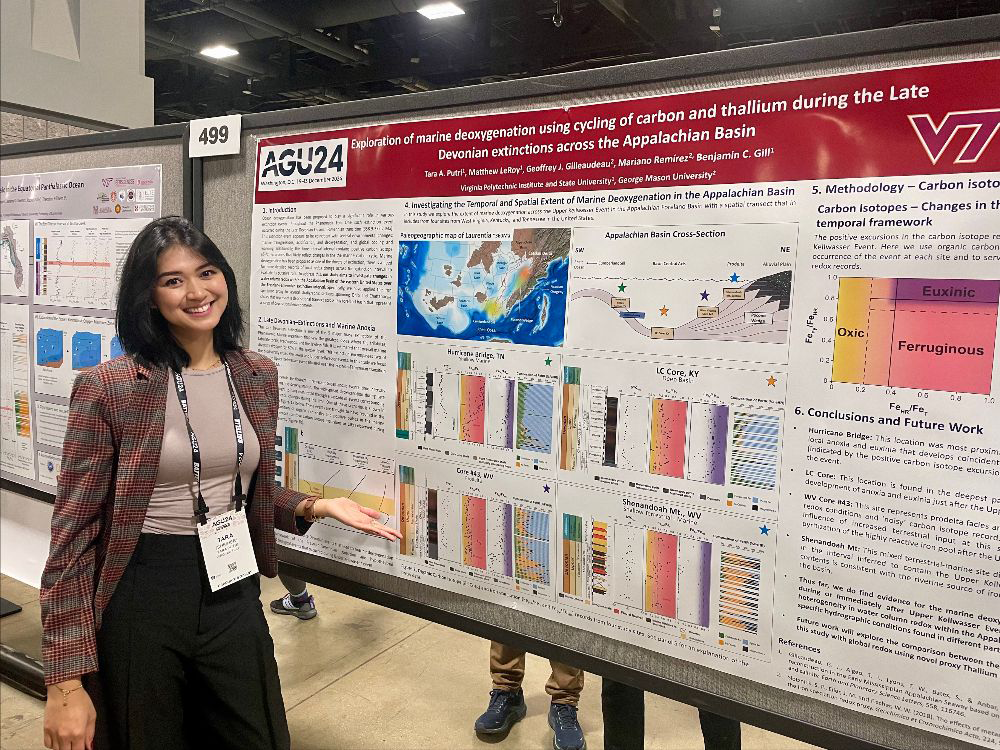
Tara came to the lab from the University of Oklahoma where she recieved her Masters degree. For her Masters research she investigated organic geochemistry to reconstruct the record enivronmental changes during the Late Devonian mass extinctions in the Woodford Shale of Oklahoma. She is continuned to investigate the Late Devonian and the Early Carboniferous for her disseration. Her projects included: searching for carbon isotopic of evidence of alternative photosynthetic pathways during the Early Carboniferous; investgating terrestial carbon isotope records of the Late Devonian and the Early Carboniferous; and reconstructing changes in marine redox over the Late Devonian and the Early Carboniferous using iron speciation and thallium isotope redox proxies. Tara will start a position with Geosyntec Consultants in June 2025.
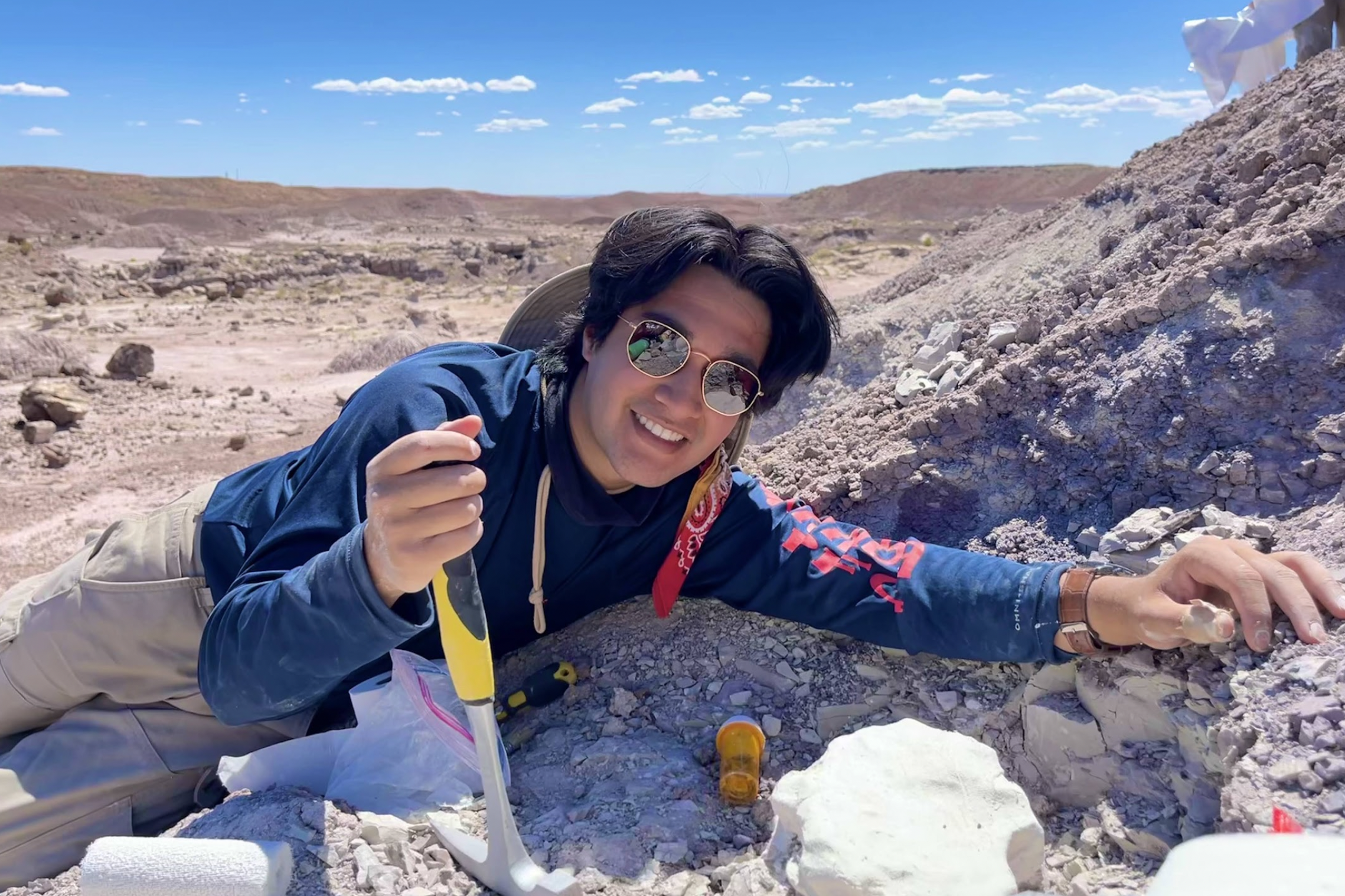
Julio is a Geoscience major on the geobiology track. His past internships and research projects have been based in paleobotany, ecology, and geochemistry. He is studying end-Sunwaptan mass extinction in the later Cambrian at locations in Utah and Maryland. He plans to go to graduate school and hopes to work for a national park as a geologist-researcher in the future.
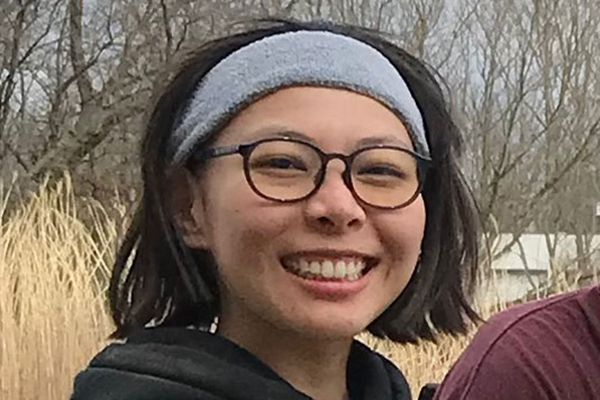
Yezi came to the lab from Bryn Mawr where she recieved her bachelor’s degree in Geology. As an undergraduate she researched the morphology and geochemistry of the Ordovician fossil called Calathium. Her projects involved reconstructing the environmental changes across the extinctions that occured at the end of the Early Cambrian. This includes investgating the carbon isotope record across these events and testing the links between the volcanism and these extinctions using mercury concentrations. Additionally, Yezi explored depostional environments of Cambrian shales and organic matter accumulation in the Rome Trough of the Eastern USA. Yezi is current serving on Capitol Hill as an AGU Congressional Science Fellow
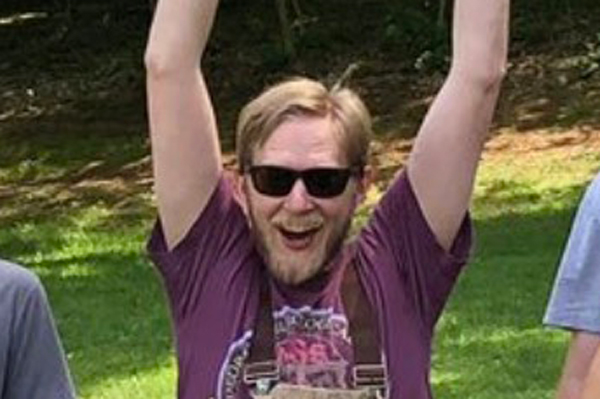
Jonny's dissertation included diverse projects concerning the mineralogical and geochemical transformations that occur in sedimentary rocks during contact metamorphism. Specifically, he investigated the contact metamorphism caused by the Central Atlantic Magmatic Province or CAMP that was emplaced during the Triassic-Jurassic transition. Jonny had several code based projects including a program that makes mineral phase maps from hyperspectral Energy Dispersive Spectrometry (EDS) data and Coop, a framework for providing access to scientific data formatted as Pandas Dataframes that included the results of modeling codes. He was co-advised by Dr. Mark Caddick. Previously, Jonny received his Master’s in Geology from Auburn University.
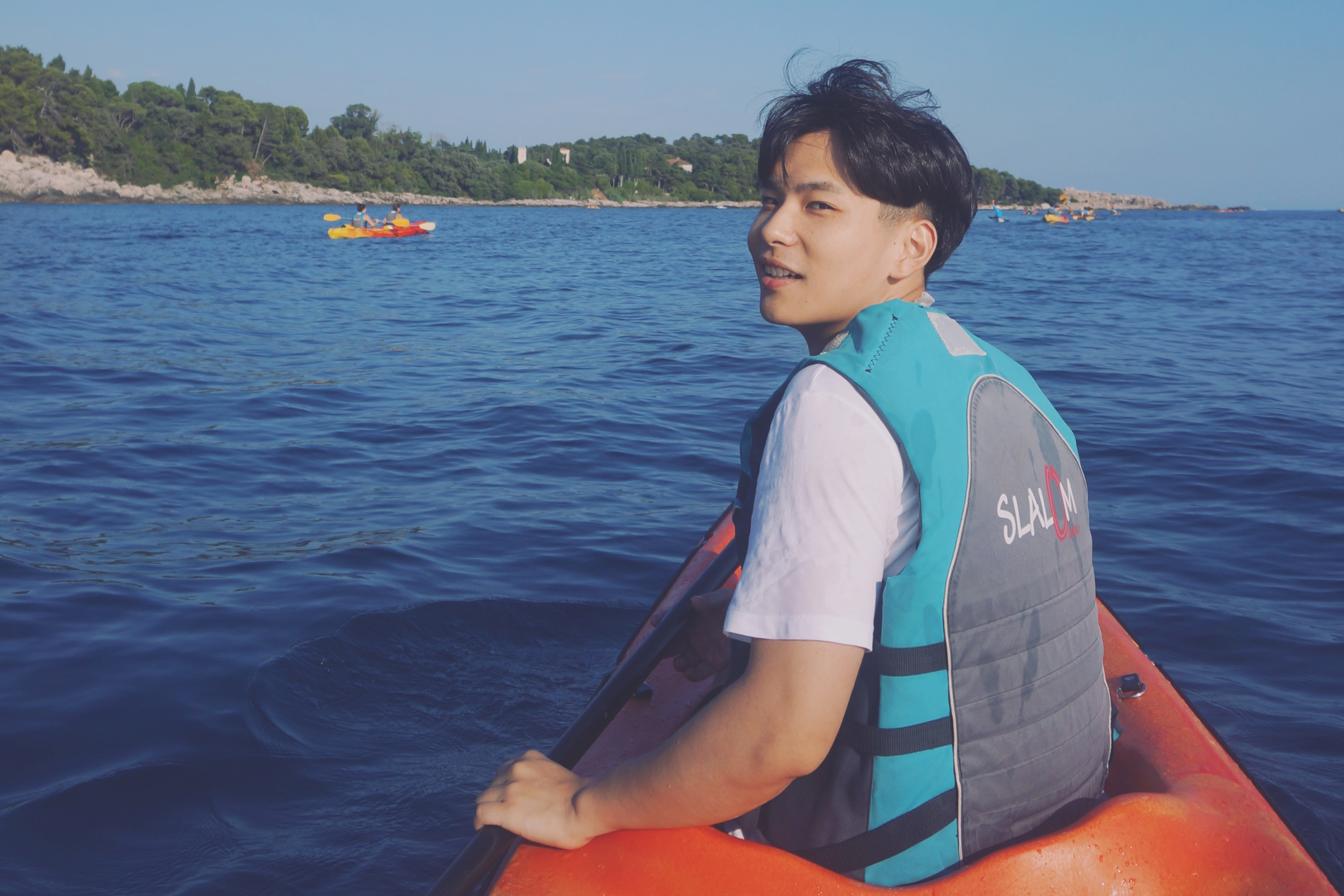
Junyao graduated from Peking University with a Bachelor’s degree in Geology in 2018 and from Virginia Tech with a Ph.D. in February of 2024. His Ph.D. project focused on the paleoenvironments of Neoproterozoic oceans, especially the how seawater redox and nutrient cycling changed in the Tonian period. Junyao was also a member Paleobiology & Geobiology Research Group and his primary advisor is Dr. Shuhai Xiao. Junyao is currently working as a Geochemical Modeler at inPlanet.
E-mail • Google Scholar • ORCID • ResearchGate • LinkedIn
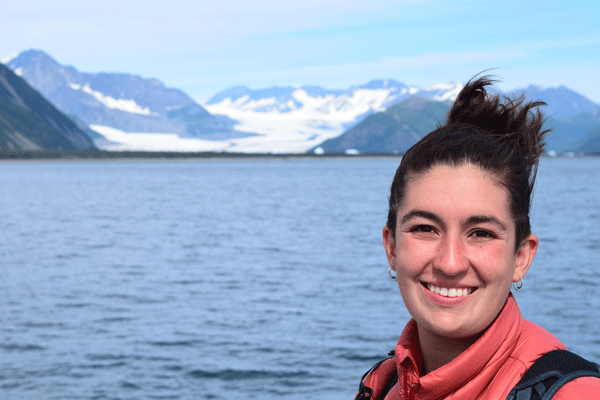
Kayla completed her Bachelor’s and MAsters degree in the department of Geosciences at Virginia Tech. Her Bachelor’s project concerned reconstructing the changes in the carbon cycle across the end-Triassic Mass Extinction as recorded in the sedimentary succession at Grotto Creek, Alaska. For her Masters research, Kayla is explored the nitrogen cycle during the end-Triassic mass extinction. She is currently a Ph.D. student at the University of Wisconsin-Madison.
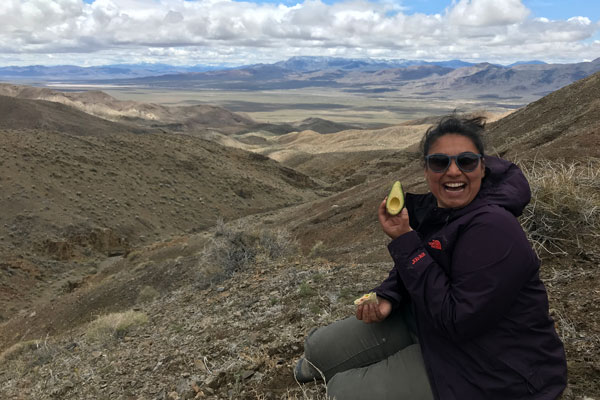
Selva graduated from VT with her Ph.D. in the Fall of 2020. Before that she received her Masters degree in Geological Sciences from the University of Texas at Austin in May 2016. She previously received her BS in Geological Sciences from Tufts University in 2014. Her PhD research utilized various paleoproxies of Eary Jurassic T-OAE. After graduating from VT, Selva took a post-doctoral position at Caltech and now is an assistiant professor at the University of Wisconsin-Madison.
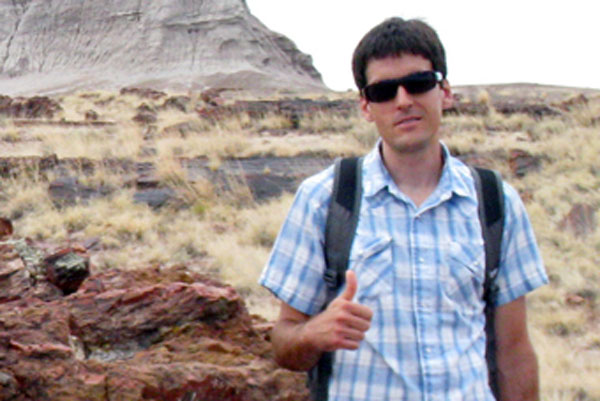
Matt was a National Science Foundation Graduate Research Fellow and graduated from VT with his Ph.D. in the Spring of 2022. He received his bachelor's degree in Geology from Eastern Michigan University. His PhD projects involved investigating changes in marine redox chemistry across extinctions in the Cambrian and the Devonian Periods using a variety of paleoproxies including carbon, sulfur, and thallium isotopes and iron speciation. Matt's study sites include locations in the Appalachians, Korea, and the United Kingdom.
Dissertation: A multiproxy investigation of oceanic redox conditions during the Cambrian SPICE event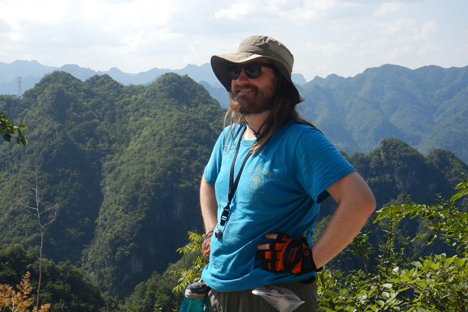
Morrison completed Ph.D. in the Fall of 2022. Previously he recieved his Bachelors of Science in Geology and Chemistry at the University of Georgia in 2017. His PhD research focused on exploring the environmental and evolutionary contexts of the Ediacaran-Cambrian transition. His research subjects include unusual modes of fossil preservation in the Cambrian, the mercury isotopic record of the Ediacaran and it relationship to marine redox chemistry, and the evolutionary relationships of the Ediacaran tubular biota. He has worked on materials from the southeast and southwest US and south China. His primary Ph.D. advisor was Dr. Shuhai Xiao and was also a member Paleobiology & Geobiology Research Group. Morrsion is currently a Visiting Assistant Professor at Denison College.
Faculty Profile • Website • E-mail • Google Scholar • ORCID
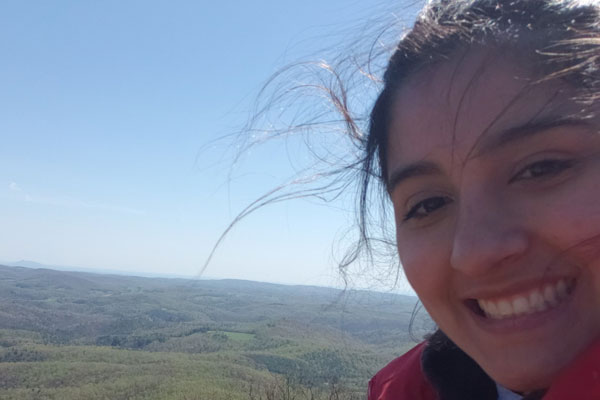
Brianna is a geoscience major and a Clare Boothe Luce Research Scholar that graduated in 2021. Her project involved investigating the environmental change at high latitudes during the Toarcian Oceanic Anoxic Event. Brianna currently is Ph.D. student at Rice University.
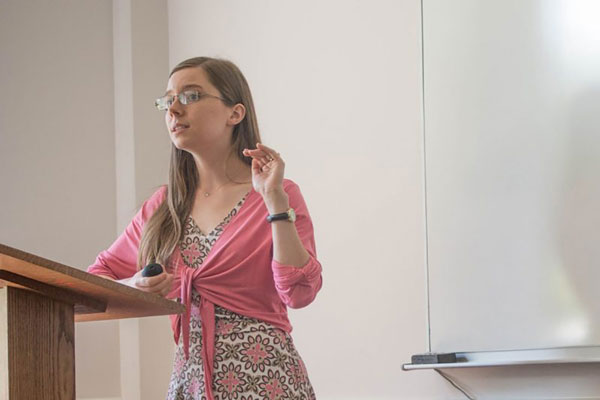
Jordan graduated with her bachelor's degree from Tech in the Spring of 2020 and was a Clare Boothe Luce Research Scholar. Her research project was focused on using sulfur and iron proxies to reconstruct marine deoxygenation during the the Early Jurassic Period. Jordan currently is a high school teacher in Virginia.
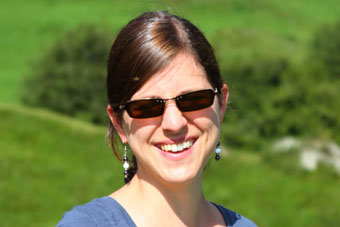
Esther was a researcher in the lab from 2012 to 2015. Her research focuses on the processes occurring during serpentinization of mantle rocks. She studies the isotopic signatures produced during hydrothermal alteration to determine the controls of mineral reactions on the presence of microbial activity and the importance of serpentinization in various environments in the evolution of early life. She presently is a Professor at the Universität Freiburg.
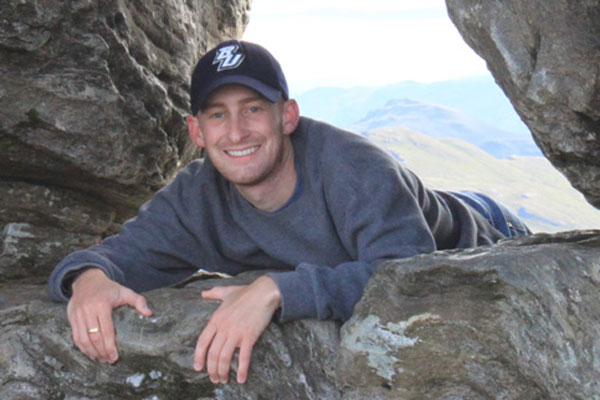
Teddy graduated from Virginia Tech with his PhD in June of 2016. His doctoral research focused on the record of the Toarcian Oceanic Anoxic Event as part of an NSF funded study. He went on to post-doctoral position at Florida State University. Teddy is currently an Assistant Professor at the College of Charleston in South Carolina.
Faculty Profile • Website • Google Scholar • ORCID
Dissertation: Biogeochemical cycling and paleoenvironmental reconstructions of the Toarcian Oceanic Anoxic Event from western North America
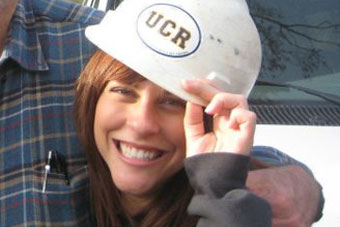
Angela received her Masters degree from Virginia Tech in 2014. Her project concerned reconstructing the carbon cycles across late Cambrian trilobite extinctions as record in the Nolichucky Formation in the southern Appalachians. Angela is currently an Engineering Geologist with California Geological Survey.
Thesis: Carbon cycle changes during the end-Marjuman (Cambrian) extinction in the Southern Appalachians
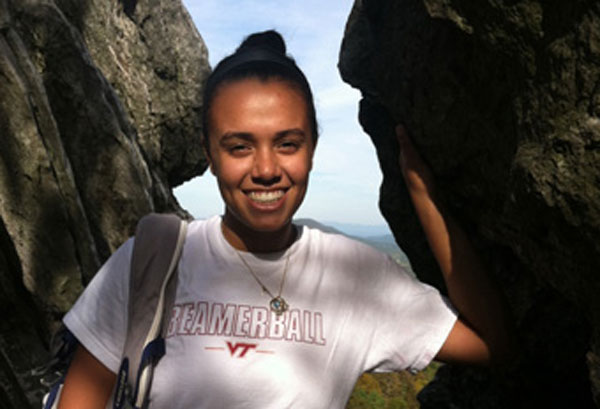
Emma received her bachelor's Geoscience degree from Virginia Tech in 2015 and her Masters in 2017. Her master's project involved understanding the effect of contact metamorphism on sulfur and carbon bearing specices in sedimentary rocks. She was joinly advised by Dr. Mark Caddick. Emma is currently a database consultant with Geobase Australia in Perth, Australia.
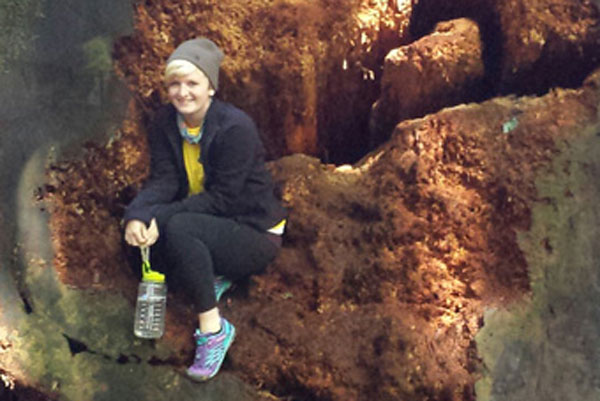
Sam came to the lab from Indiana University of Pennsylvania where she received her bachelor's degree in Geology. Sam graduated from Virginia Tech with a Masters in May of 2016. Her master's research concerned the sulfur and iron geochemistry of Triassic lacustrine deposits of the Newark Supergroup in the Eastern US. She is presently pursuing a PhD at Stanford University.
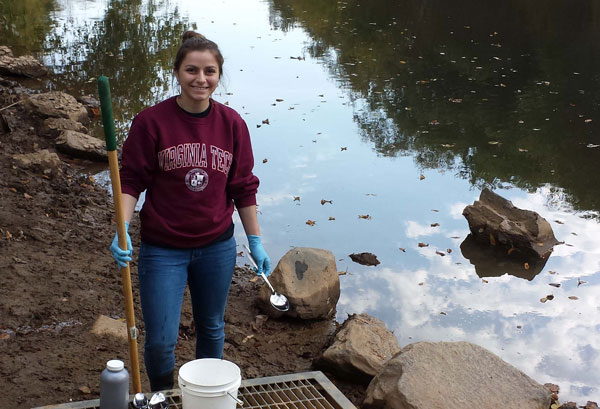
Ava worked on a variety of projects including tracking the carbon and sulfur cycles during the Late Cambrian and during the Triassic-Jurassic mass extinction in Nevada, as well as an NSF funded study that traced a coal ash spill in the Dan River of Southern Virginia and Northern North Carolina. She graduated with her Bachelors in Geosciences in 2019. After working for TerraSond in New Jersey.
as a data processor, Ava has returned to college to persue a Masters degree at Rutgers University in Earth and Planetary Science.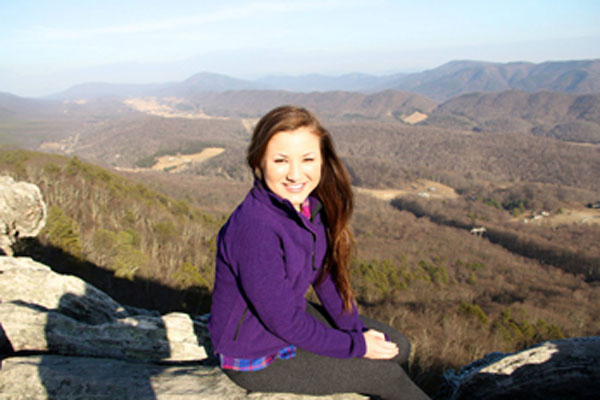
Hannah is a Geoscience major that graduated in the Spring of 2017. She worked on a project that examined the sulfur and iron cycles across the Triassic-Jurassic extinction in the United Kingdom. Hannah is currently an environmental geologist with Jacobs Engineering Group Inc. in Virginia.
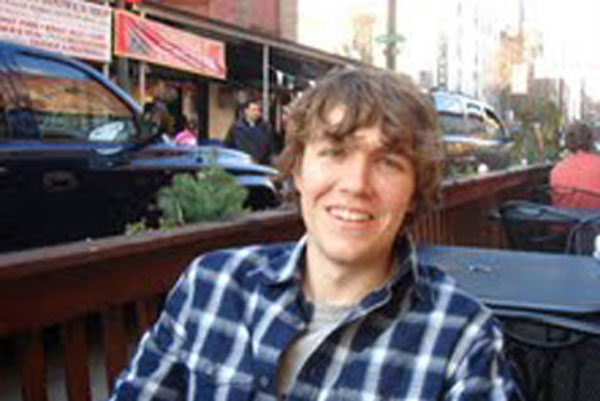
Russell graduated with his bachelor's degree in Geosciences with Geochemistry and Geosciences Education emphasis. Russell worked on a project that sought to reconstruct the Middle Cambrian carbon, sulfur, and iron cycles as recorded in the Machari Formation of South Korea.
Interested students should contact Dr. Benjamin Gill for more information about these graduate opportunities.